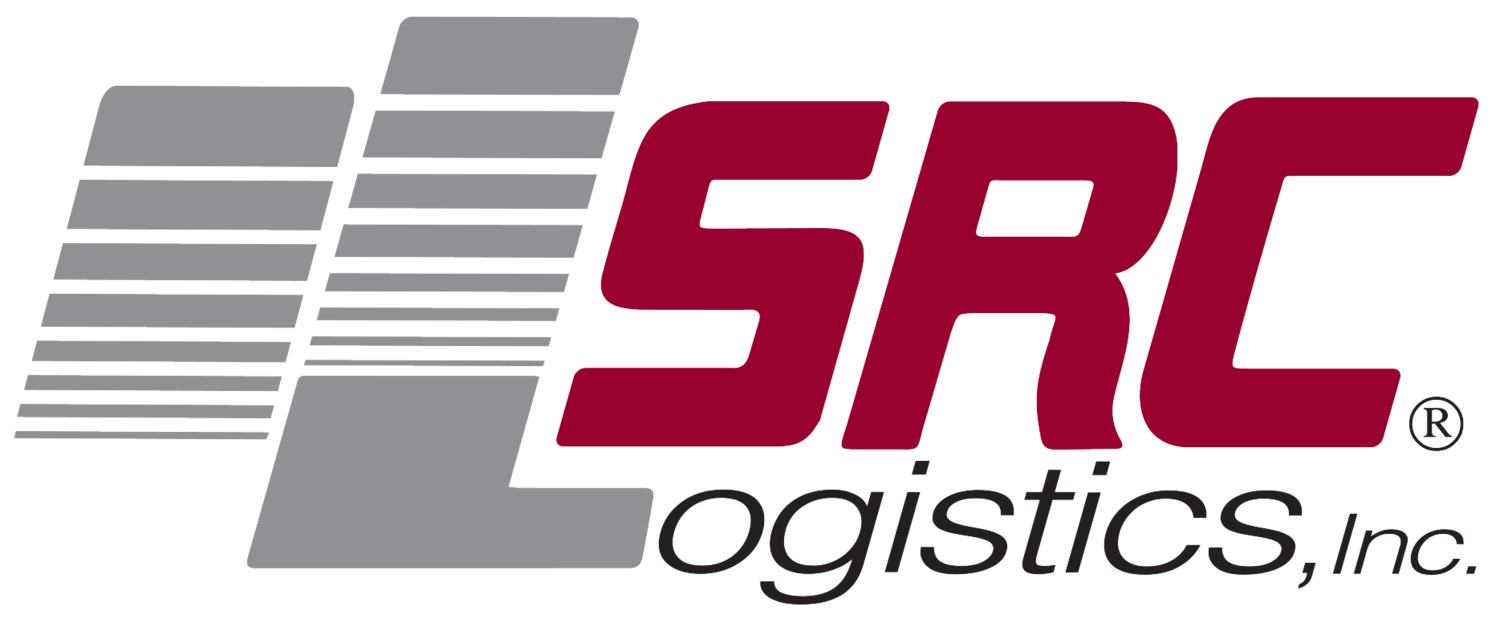CUSTOMER HIGHLIGHT: JCB launches new Fastrac 8000 Series
Continuing to develop its Fastrac tractor family, JCB has comprehensively overhauled its 8000 series.
Like the 4000 series, the two new 8000 series models return to the ‘systems’ tractor concept featuring a centrally positioned cab, equal wheels and the inclusion of a rear deck.
Now designated the 8290 and 8330, they replace the 8270 and 8310 respectively. Main updates include a new cab, a new hydraulic steering system, uprated axles and chassis and family styling.
To get a flavour of the new machines, we tried out several models of varying spec carrying out a combination of draft and transport work.
For the engine and transmission, JCB continues its long standing relationship with Agco for the use of its Sisu engines and Fendt-derived continuously variable transmissions.
Meeting Stage 4 emissions regulations, engine after treatment is courtesy of a selective catalytic reduction system using diesel exhaust fluid. This system is neatly positioned underneath the right hand side of the cab, with the exhaust stack rising up behind the right hand ‘B’ pillar.
Over their predecessors, power has increased for both new models as well as 10 per cent more torque. When under load the flagship 8330’s power rises from its rated 335hp to 348hp. But knowing the Fendt transmission is capable of withstanding more power, it seems a shame JCB has not introduced a third and more powerful model – perhaps still to come maybe?
For us, the 8.4-litre motor was not fazed by the use of a seven furrow plough; purring away at 1,300rpm while achieving 8kph. Engine characteristics are enhanced by the use of series turbos; one small to keep up response, and one large to build up power and torque.
Although it essentially uses the guts of a Fendt 900 series transmission, extensive revisions have been made to Fastrac-ise it including the integration of a ground driven backup pump for the new steering system.
Two ranges offer travel speeds of 0-40kph in low range and 0-70kph in high range. Depending on which range you are in, up to four main driving modes can be used; D which is driven using the pedal with the tractor left to work out the optimum revs and ratios, M which is a manual mode driven using the main joystick, PS which is a virtual powershift mode, and Flex mode which limits top speed but allows the full use of pedal travel to make fine adjustments to speed.
Two cruise speeds can also be used, and altered on the go, as well as a constant engine speed mode which automatically alters forward speed to maintain engine revs – ideal for pto work. Driving modes and cruise speeds, for example, can also be toggled between via button on the main joystick – great for quickly flicking from a work speed to a headland speed.
To get the power down, a traction control system uses the brakes to stop any spinning wheels, transferring power to the wheels with grip.
Like the first Fastrac launched 25 years ago, the 8000 uses all-round suspension and outboard disc brakes, each getting twin callipers with ABS as standard.
While axles and chassis have been beefed up to accommodate more load carrying capacity, now capable of a 3m track width, one of the main new talking points is the development of a hydraulic steering system. Previously the 8000 had to use a mechanical steering system to comply with regulations allowing it to travel at high speeds. But while this proved ok to use on the road, in-field the previous Fastrac took some wrestling. To combat this and comply with strict regulations, the manufacturer has developed a dual line hydraulic steering system, which in the case of a failure with one line, the second line takes over. In addition, should the engine fail or the steering pump which is powered by the engine fail, a backup ground driven pump, integrated within the transmission, takes over.
Aside from alleviating any safety concerns, the now much lighter steering can definitely be appreciated in-field. It also allows automated steering systems to be integrated easier into the 8000, which comes auto-steer ready.
Its full length chassis also offers a near 50:50 weight distribution, and the new space created at the rear allows ballasting or an implement to be added.

